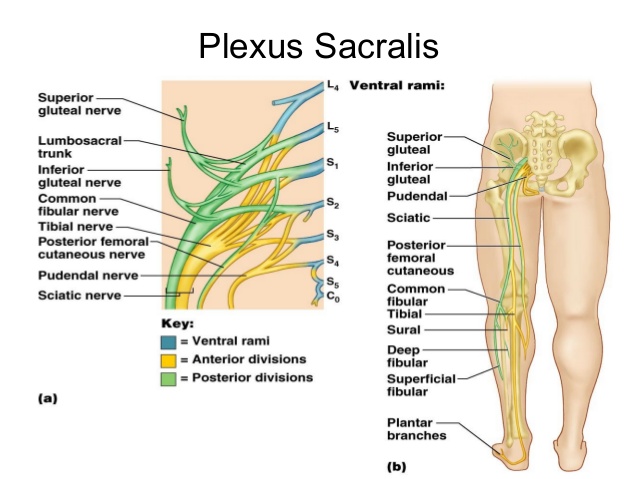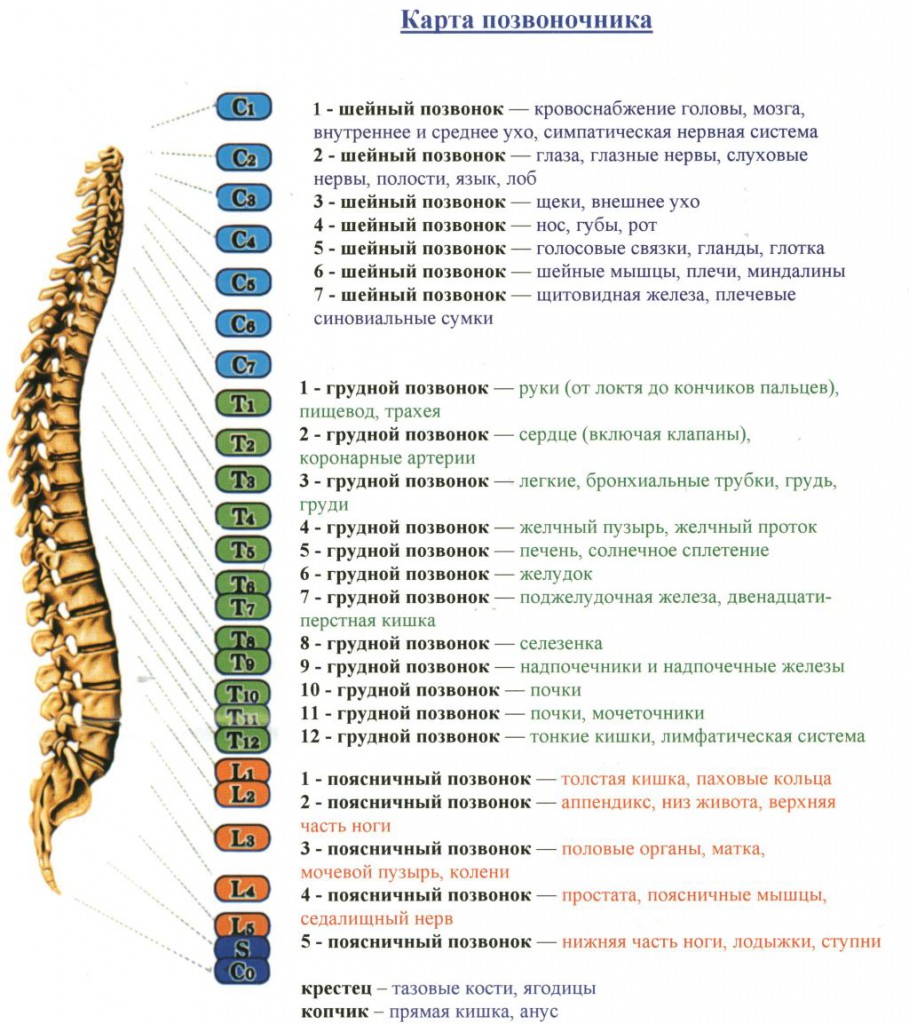Functions of muscles of the lumbosacral
The Lumbar human spine includes five vertebrae, characterized by a high degree of mobility and load on them. Locomotor activity is supported by the work of the groups of muscles of the lumbosacral. These include the ilio-costal, spinous, pubococcygeus, and others.

Anatomy and purpose
The Complex anatomy of the region under consideration can be represented in the form of a remarkable combination of the five movable vertebrae referred to as L1, L2, L3, L4 and L5. The main function, which assumes this division is the protection of highly sensitive areas of the spinal cord. Including protecting the lumbar-sacral nerve plexus and fibers from escaping.
The Muscle and bone of this region, also perform another important function – protection of the spinal cord from any kind of injury and damage. Lumbosacral area protects the spinal nerve roots and perfectly copes with its reference load. Despite the excellent strength of the lumbar-sacral region are characterised by high flexibility. This ensures the necessary level of mobility in different planes, for example, the rotation of the torso, bending forward or sideways.
Another very important function entrusted to the muscles of the lumbar-sacral region – providing the necessary mobility of the trunk. It is responsible for the possibility of rotation and extension, and therefore is referred to as torque. Without proper functioning of these tissues to speak of normal motor activity is not necessary. The movement is ensured by the unilateral contraction of the muscles, following the oblique lines of tension. Moreover, the rotational motion will be the more marked, the greater the bevel. A large part of the side and are responsible for trunk extension muscles located in an oblique direction. Neutralize their main component a occurs through opposing groups of muscles.

For the movement of the lumbar-sacral zone meet two groups of muscles: superficial and deep, as well as abdominal muscles. These include:
- Wide.
- Muscle, straightening the spine, divided into three bundles (tract) – iliac rib, longissimus, spinalis.
- transversospinales.
- Interspinous.
- Intertransverse.
- Straight and oblique abdominal muscles (lateral and anterior group of muscles of the abdomen) to provide flexion of the trunk and the vertebral column.
- Square loin muscle (group of muscles of the posterior wall of the stomach) – maintains the tilt of the spine in a corresponding reduction side, with bilateral reduction keeps the spine in an upright position.
The Functions of each of them are presented in the table below.
| Name muscle | |
| Wide | Lead shoulder and pulls it posteriorly, raised hand lowers, tightens the body at the fixation of upper extremities |
| Muscle, straightening the spine | Keeps the body in vertical position, extends the spine |
| Ilio-costal muscle | The same, unilateral reduction tilts the spine in their side, contributes to the lowering of the ribs |
| Longissimus | extension of the spine and providing tilt to his side |
| Spinalis dorsi | the Extension of the spine |
| transversospinales: Semispinalis. Partitioned. -Rotator cuff muscles | With bilateral reduction extends the corresponding vertebrae, while unilateral – contributes to the tilt of the spine to its side, rotate the vertebral column around the axis |
| Interspinous | extension of the spine |
| Intertransverse | Tilt your spine in your side |
Myofascial pain syndrome in the lumbar region
due To the heavy load on the muscles of the lumbosacral quite often in this area there is pain associated with myofascial syndrome. The main reason for this phenomenon is considered to be either excessive dynamic loads (lifting weights, sprinting) or long-term static – for example, long periods of sitting at a computer, driving a car in a tense posture. Age patients with this pathology varies from 30 to 50 years, equally among men and women. The main pathomorphological changes in myofascial pain in the lower back characterized by muscle spasm of the beams of one or more muscles (of the above), the formation of spastic muscle cushion in this area, the formation of the functional blocks of the joints of the spine,sacroiliac joint, etc.

For the treatment of this condition is usually sufficient:
- to Maintain an active lifestyle, refusing bed rest.
- to Temporarily limit the load that contributed to the development of pathology.
- to Use NSAIDs for a period of about a week, seldom two: "Nimesulide" ("Nimesil", "Nise"), "Meloxicam (Movalis", "Amelotex"), "Celecoxib" ("celebrex").
- to Combine NSAIDs and muscle relaxants when the spasms and pain: "Sirdalud", "Mydocalm".
- Apply manual therapy and osteopathy in a particular case, very effective!
As preventive measures it is worth noting the effectiveness of therapeutic exercises, special complexes of physical therapy and yoga, Pilates. In addition, avoid hypothermia and monotonous exercise.
references:
- Diagnosis and treatment for acute pain in the lower back. Parfenov V. A. Russian medical journal;
- human Anatomy edited by R. M. Sapina Moscow, “Meditsina”, 2001;
- human Anatomy. Prives, M. G., Moscow, “Medicine”, 1985.











